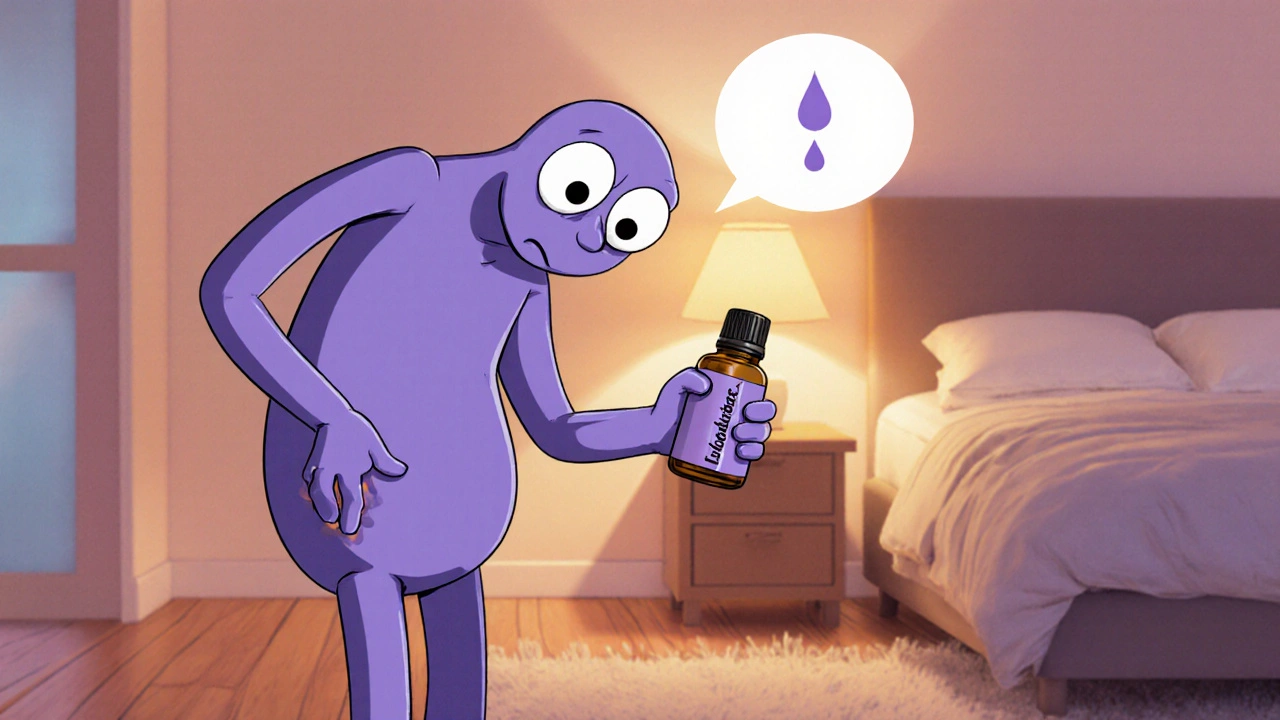Aromatherapy: Essential Oils, Diffusion & Stress Relief
When working with Aromatherapy, the therapeutic use of plant‑derived fragrances to influence mood and health. Also known as essential oil therapy, it blends scent science with everyday wellness. It relies heavily on essential oils, concentrated extracts from herbs, flowers, and woods that carry active aromatic compounds, the diffuser, a device that disperses oils into the air as a fine mist or vapor, and the goal of stress relief, reducing cortisol and calming the nervous system. Together they form a cornerstone of holistic health, an approach that treats body, mind, and spirit as a connected system. Below you’ll see how these pieces fit together and why many people turn to aromatherapy for everyday balance.
Why Aromatherapy Matters
Aromatherapy encompasses several key subtopics. First, essential oils vary by plant source, extraction method, and chemical profile. Lavender oil, for example, is rich in linalool and linalyl acetate, compounds known for calming effects, while peppermint oil contains menthol, which can boost alertness. Understanding these attributes helps you match an oil to a specific need, whether you want to ease tension, improve focus, or support respiratory comfort. The potency of each oil also dictates safe dilution ratios, a crucial safety factor for skin contact or inhalation.
The next piece of the puzzle is the diffuser. Diffusers come in ultrasonic, nebulizing, heat‑based, or evaporative styles. Each method influences how much of the oil’s volatile compounds reach the breathing zone. Ultrasonic units create a cool mist that preserves heat‑sensitive constituents, while nebulizers atomize pure oil for a stronger scent without water dilution. Choosing the right device depends on room size, desired intensity, and the specific oil’s volatility. Proper maintenance—regular cleaning and using distilled water—prevents bacterial growth and ensures the therapeutic profile remains intact.
When the right oil meets the right diffuser, the result is a powerful stress relief tool. Research shows inhalation of calming scents can lower heart rate and cortisol levels within minutes. For instance, a 10‑minute session with lavender in a quiet space often yields noticeable relaxation, while citrus blends like orange or bergamot can lift mood and reduce anxiety. Pairing aromatherapy with breathing exercises or gentle stretching amplifies the effect, turning a simple scent experience into a mini‑mindfulness practice.
All of these elements sit inside the broader framework of holistic health. By treating scent as a bridge between the nervous system and emotional state, aromatherapy supports sleep quality, immune function, and even pain perception. Whether you’re a beginner looking for a single oil to try, or an experienced user fine‑tuning diffusion schedules, the articles below cover everything from safety guidelines to specific condition‑focused blends. Dive in to discover practical tips, evidence‑backed benefits, and how to integrate aromatic care into your daily routine.

